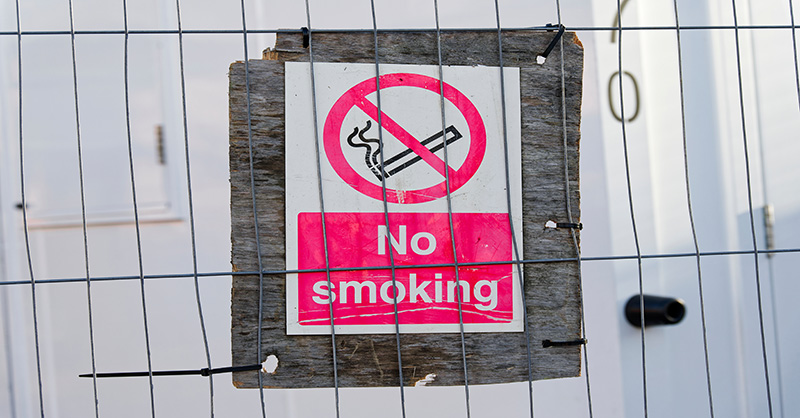Strengthening Public Entity Protection: Key Actions for Ensuring Public Pool Safety

If your public entity uses public pools and resources, then attention to detail is needed to help protect swimmers. Organizations can help ensure safety by planning, protecting and responding to events quickly.
Pool Opening and Maintenance
Planned maintenance and regular risk measuring should be a part of an annual program prior to peak months. Your organization should reevaluate safety measures and trends within the industry to help ensure your organization stays ahead of the curve. Public pools should have an organized approach with timelines that allow them to track the progress of pool openings since it can take days or even weeks to open, depending on the pool’s size.
Whenever reopening pools, lifeguards should be retrained. This is a great time to look at any changes that need to be made to lifeguarding procedures as well as lifeguard and tower locations.
Great American offers a pool opening checklist that provides a loose guide with key steps that can be taken or implemented as part of an existing program.
Life Jacket Type and Maintenance
Most public pools utilize life jackets or other flotation devices. Over time, life jackets can lose their buoyancy and degrade. If possible, public pools should clean and inspect jackets/floats after every use. Life jackets should be USCG certified, and the type and level of the life jackets should be suitable for the activity. In certain situations, it may be necessary to require all swimmers to wear life jackets. Your organization should be aware of federal and state laws since some states require children under a certain age to wear life jackets in all situations.
Learn more about life jacket specifications and maintenance.
Life Jacket Specifications and Maintenance
Identifying Swimmer Experience
Many public pools are utilized by younger swimmers who require greater supervision and attention. In addition to providing life jackets for children, swim tests are a great way to identify the strengths and weaknesses of swimmers since there may be class outings or after-school trips.
Swim tests divide swimmers into groups based on their experience, but it is important to note that age does not always indicate experience. Lifeguards should closely monitor all swimmers and provide additional attention to those who are indicated as novice or non-swimmers.
Get started today with our sample swim test examples.
Lifeguard Certifications
All public pools should have certified lifeguards. The American Lifeguard Association and American Red Cross are the main certifying organizations in the United States. Training should include both classroom and onsite preparation. Certifications should be verified for all new employees and annually with the certifying organization. It is imperative that lifeguards are trained in first aid, basic life support, and AED operations. Additional on-site training can include swimming tests and training specific to your public pool since you may have additional risks that require specialized training.
Drop drills are an effective training technique that can be practiced at any time. These drills are done by dropping a mannequin or object into the water and seeing how the lifeguards respond. Public pools often have many visitors, so lifeguards should be tested and evaluated regularly.
See additional information on lifeguard certifications and drop drills.
Lifeguard Certifications Drop Drills














